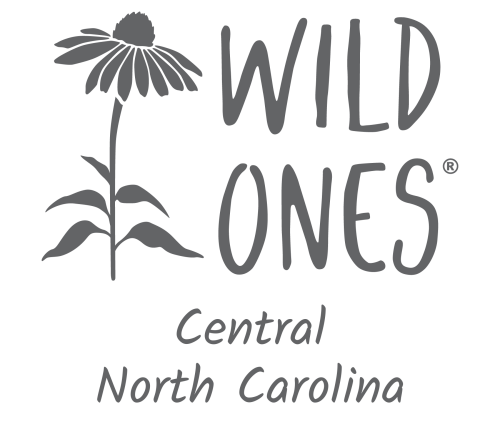
According to Botanist and Conservation Advisor, Dr. Kenneth Bridle, we are now in a geological era called the Anthropocene. This signifies a phase in the history of the universe in which everything in nature has been touched by humanity. In fact, humanity has changed the landscape so much that stands in the way of nature to do what it needs to do. Our relentless destruction of natural habitats and ecosystems has led to massive loss of biodiversity. Humanity’s progress in various aspects of life has come with a heavy price tag for mother nature. According to Bridle, we have gone beyond what is sustainable. Now we need to preserve, restore and conserve, he emphasizes.
Dr. Bridle emphatically states that conservation is no longer enough. It is time for us to show our appreciation of Mother Nature’s service to us, and stop taking it for granted. We need to give Mother Nature help by providing an opportunity for little creatures to do what they do. Pollinators, including bees, butterflies, birds, bats, and many different types of insects are a critical component of our ecosystems. They can’t survive if we kill all their habitats.
In Nature’s Best Hope, Douglas W. Tallamy eloquently states “Recent headlines about global insect declines and three billion fewer birds in North America are a bleak reality check about how ineffective our current landscape designs have been at sustaining the plants and animals that sustain us. To create landscapes that enhance local ecosystems rather than degrade them, we must 1) remove the invasive plants on our property and 2) add the native plant communities that sustain food webs, sequester carbon, maintain diverse native bee communities, and manage our watersheds. If we do this in half of the area now in lawn, we can create Homegrown National Parks, a network of viable habitats throughout the U.S. that will provide vital corridors connecting the few natural areas that remain. This approach to conservation empowers everyone to play a significant role in the future of the natural world. It is also enormously restorative for those who take action.”
Dr. Tallamy urges all of us to take environmental action. One yard at the time, it is up to us to make our planet a better place.
Dr. Bridle affirms that massive restoration efforts are necessary if we are going to be able to overcome the challenges likely to unfold as result of our reckless destruction nature. Climate change in particular is a serious concern. He says we need to restore depleted parts of our ecosystem to prevent it from demise. If we are able to save enough it, we will have enough parts to survive if conditions change.
While these systems are inherently resilient, just like for humans, resilience must be nourished. Our own health depends on the health of these ecosystems. The VA Whole Health model provides us with a framework for healing and wellbeing not just for us humans but all also for all creatures. Whole Health is One Health for All!

